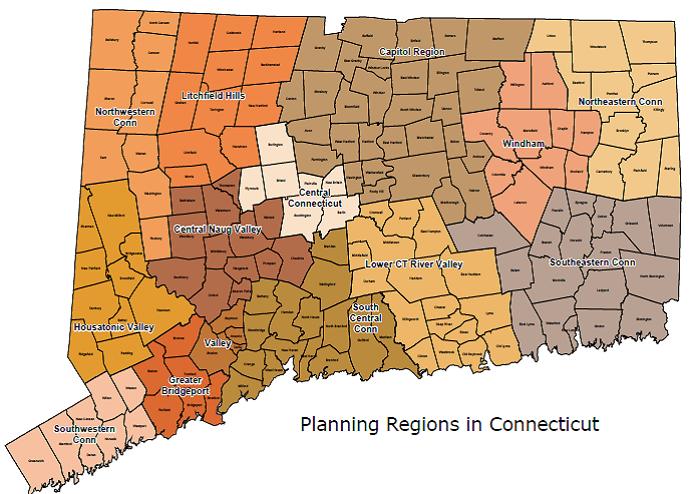"Great Give 2012" Aims to Boost New Haven Area Nonprofits
/More than 200 organizations that feed the hungry, teach children, protect the environment, shelter animals, build community, promote healthy living, enrich our culture, support the aging in the Greater New Haven area are participating in The Great Give 2012. Coordinated by the Community Foundation of Greater New Haven, it is a 36-period on October 16 and 17 when individuals interested in contributing to a range of charitable organizations can do so through a special website, and at the same time provide the organization they support with an opportunity to win additional contributions as part of the effort. Over the last two years, this event raised more than $800,000 for area non-profits.
The organizers stress that “There are so many giving challenges competing for your attention in this great big world. What’s different about The Great Give 2012? Your donation stays right here, strengthening your local community.” They emphasize that every dollar donated between 8:00 am October 16 and 8:00 pm October 17 will support a non-profit whose work impacts Greater New Haven and the Valley.
raised more than $800,000 for area non-profits.
The organizers stress that “There are so many giving challenges competing for your attention in this great big world. What’s different about The Great Give 2012? Your donation stays right here, strengthening your local community.” They emphasize that every dollar donated between 8:00 am October 16 and 8:00 pm October 17 will support a non-profit whose work impacts Greater New Haven and the Valley.
A special website has been set up, and individuals need only look up the non-profit that they wish to support, and “join others in making a secure gift online.” The Community Foundation for Greater New Haven, with help from the Valley Community Foundation, is providing up to $170,000 in grant prizes to nonprofit organizations that receive the highest amount of contributions, with the Grand Prize organization receiving a grant of $20,000.


































